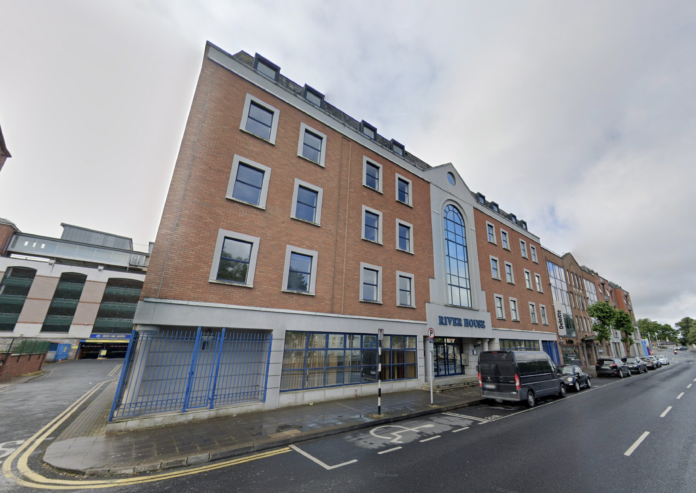
A LACK of incentives to open businesses in Limerick City is driving business owners on Shannonside to offer their premises to the Department of Integration for accommodation for International Protection (IP) applicants.
That’s according to Limerick Chamber, who said that the potentially lucrative contracts offered to businesses who can provide sources of IP emergency accommodation are making attracting more businesses to Limerick a difficult task.
This comes as the latest GeoDirectory report, released this week, showed that Limerick has one of the highest figures of commercial vacancy in Ireland.
Limerick at large had a commercial vacancy rate of 17.5 per cent in June, an increase of 0.6 per cent on the same time last year, rising to a 19.4 per cent vacancy rate within the city centre.
Limerick had the fourth highest commercial vacancy rate in Ireland in June, according to GeoDirectory, behind only Sligo (20.5 per cent), Donegal (19.4), and Galway (18.5).
Leitrim rounded out the top five with a commercial vacancy rate of 17.5, tied with Limerick with an average close to one in five commercial units vacant.
Newcastle West had the highest commercial vacancy rate in the county at 24.9 per cent.
Commenting on the figures, Chamber Chief Economist Seán Golden said that it made for “disheartening” news and it is hard to see a change coming.
“It is disheartening to continually see Limerick around the top of the list. Even more concerning is the likes of Newcastle West where the vacancy rate is just under 25 per cent,” Mr Golden told this newspaper.
This means that “one in every four commercial premises in Newcastle West is vacant, this is a substantial increase from last year,” he noted.
In the city centre, almost one in five commercial premises are vacant, and without real helpful incentives, the Chamber economist said, it’s unlikely this will change.
Mr Golden said that “it is hard to see this changing without drastic incentives to change use to long-term mixed tenure residential, or indeed another long-term commercial or cultural use”.
“Currently, there is very little incentive to do this, the cost of doing business can make it difficult for those setting up businesses and they will be unlikely to invest in a building”
“Furthermore, government incentives are lacking. Building owners are turning to enter contracts with the Department of Children, Equality, Disability, Integration and Youth, which only provide a temporary use but can be very lucrative.
However, Mr Golden said, temporary uses such as accommodation for IP applicants can “hamper” attempts to revitalise areas as there is “often no regard to wider strategic planning with these contracts”.
Mr Golden added that “without a wider incentive programme, we will continually see these types of contracts at the expense of proper long-term investing in communities”.
They key to revitalising the city centre, the Chamber economist said, is to get more people living and working within its confines.
“To do this, there needs to be an adequate suite of programmes to utilise Georgian Limerick, older office space, above the shop living, brownfield sites, and indeed key State-owned land such as the Ervia Site on the Dock Road and Colbert Quarter,” Mr Golden concluded.


